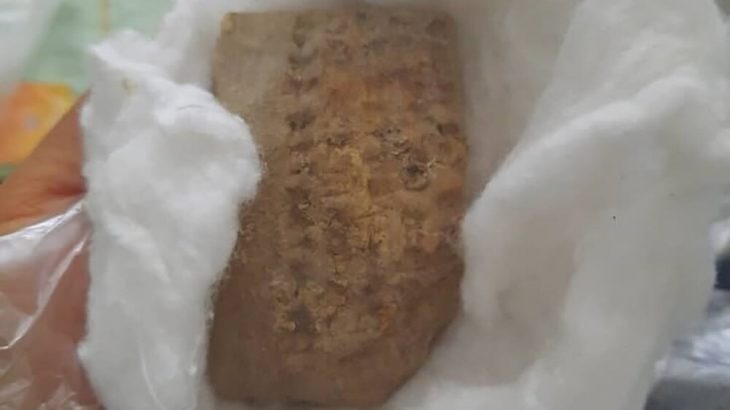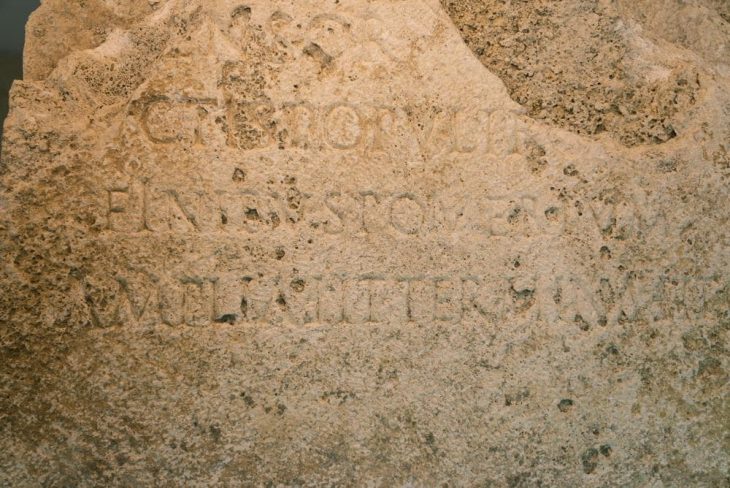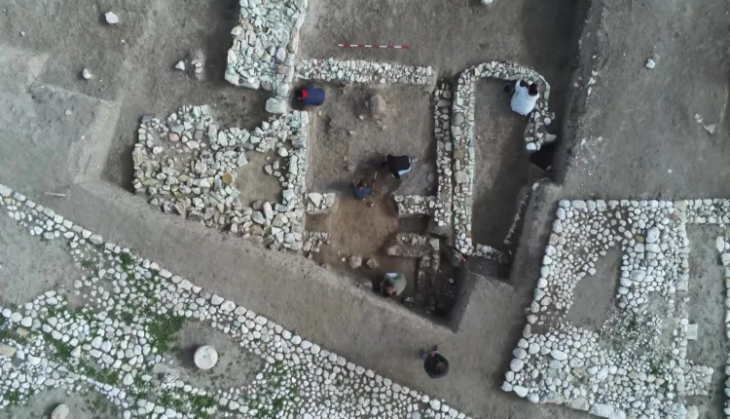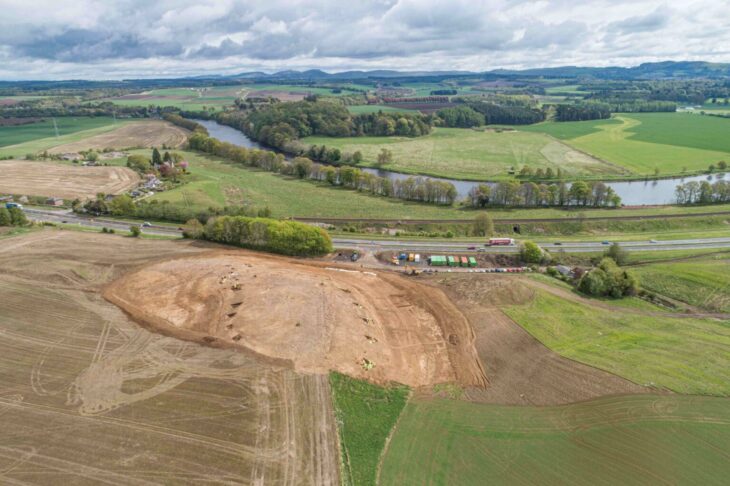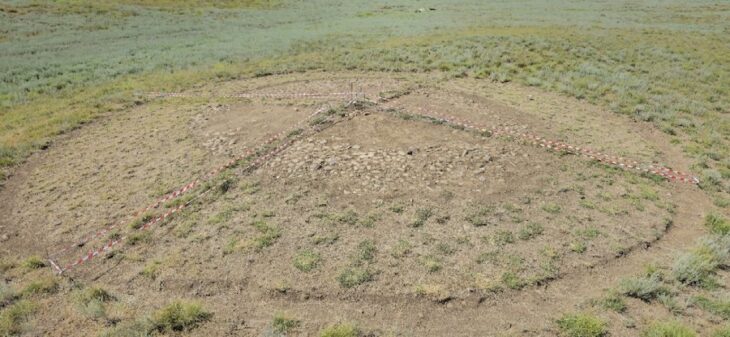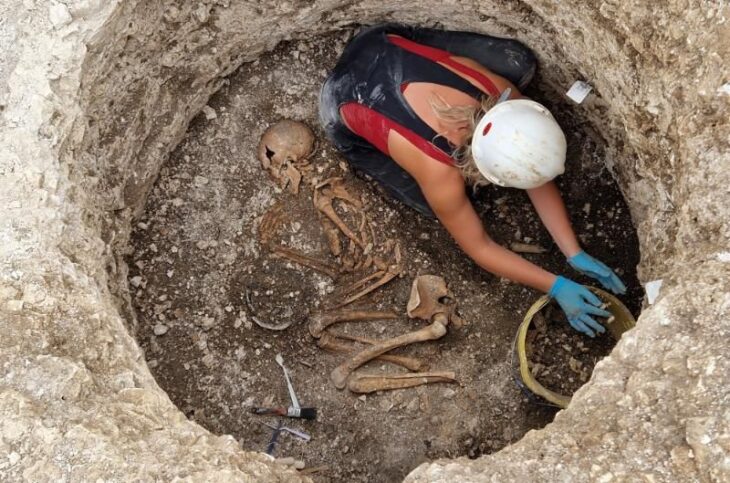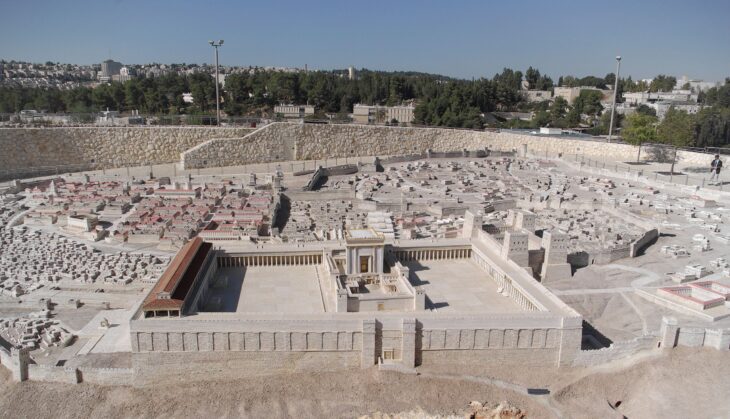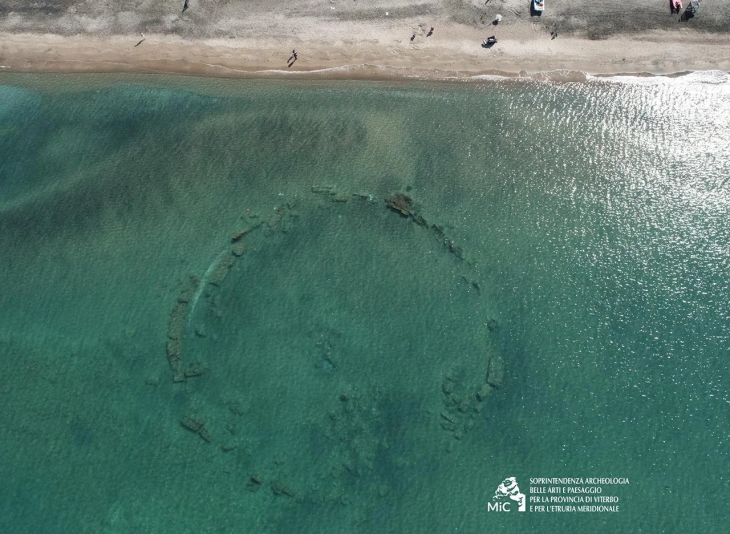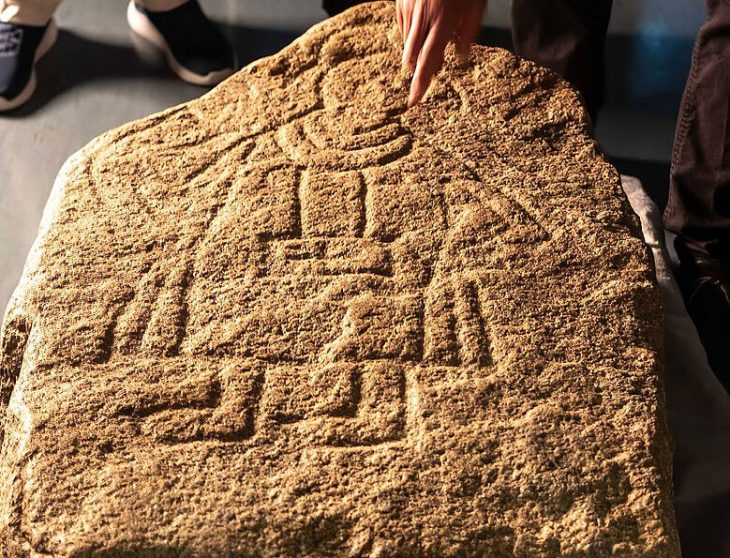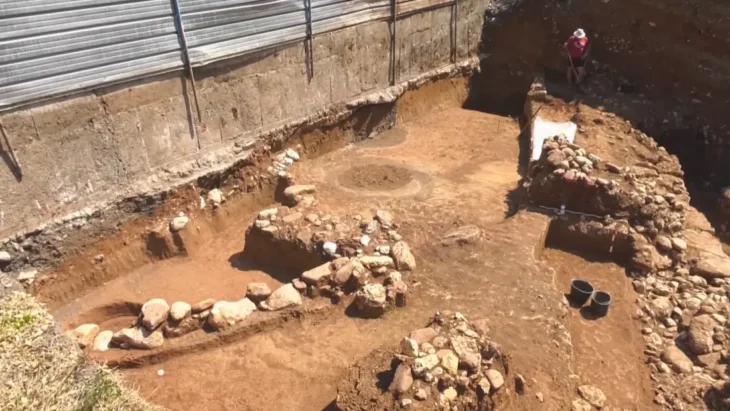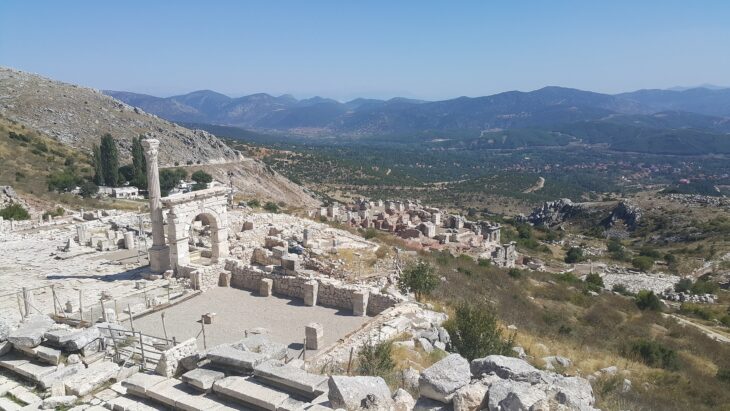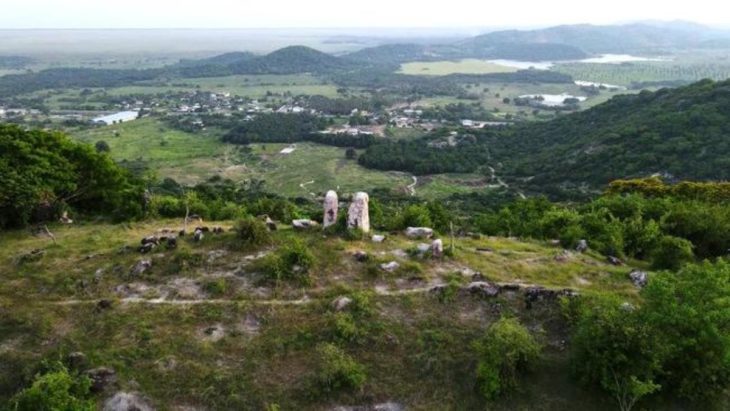Recent scientific studies have revealed that the famous bronze-winged lion above one of the two columns in Piazzetta San Marco, the universal symbol of Venice, may have a Chinese origin.
A recent metallurgical analysis of the bronze revealed that a significant portion originated in China in the eighth century. It traveled to Venice, where it was combined with other elements and reconstructed to conform to the winged lion’s standard iconography, a symbol of both Venice and Mark the Evangelist.
The lion of Venice originates with one of the four symbols with which the four evangelists were individually identified. Venice’s connection with the evangelist Mark entailed the lagoon city’s symbolic assumption of the Marcian lion, an element that visually identified the author of one of the four Gospels. In the original coat of arms, the lion of Venice bears between its paws the Gospel, on which, in Latin, are written the words: ‘Peace be with you, Mark, my evangelist’. A blessing that extended to the city that had chosen the apostle as its protector.
The lion with wings also symbolised power and speed. A kind of ‘feat’, that is, a figurative end, for the Serenissima, flying swiftly over the waters and attacking with the strength of a beast. In many cultures the lion is a symbol of strength, power, defence. And so in the Chinese world.
A multidisciplinary team of researchers in geology, chemistry, archaeology, and art history from the University of Padua, in collaboration with the International Association for Mediterranean and Oriental Studies (Ismeo) and the Ca’ Foscari University of Venice, conducted an in-depth analysis of the bronze alloy of the sculpture. This revealed the statue’s eastern origin, linking it to trade along the Silk Road.
📣 Our WhatsApp channel is now LIVE! Stay up-to-date with the latest news and updates, just click here to follow us on WhatsApp and never miss a thing!!
The discovery was announced on September 11, 2024, at the opening of the international conference on Marco Polo, which is being held in Venice as part of the celebrations for the 700th anniversary of the death of the Venetian merchant traveler (Venice 1254 – 1324).

The statue was thought to have been created in Anatolia during the early Hellenistic era (4th century B.C.), based on research conducted after a restoration in the 1980s. However, a study of the lead isotopes in the metal alloy discovered they originated from mines in the lower Yangtze River basin in southeast China.
Researchers reexamined the lion’s design and found characteristic features of Tang Dynasty (618-907 A.D.) sculptures in the head, mane, and chest. Together with new stylistic considerations, the results indicate that the colossal statue is most likely an elaborate reassembly of what was initially a zhènmùshòu (镇墓兽 “tomb guardian”) cast in the Tang period (609-907 AD).
The Zhenmushou is a “tomb guardian” or “earth spirit” from the Tang Dynasty, (618-907), in China. These burial pieces were called Ming chi or “spirit objects.” The Zhenmushou figures were meant to scare off grave robbers as well as transport the deceased to their new realm with at least the same prestige that they experienced on Earth. By the 7th century, they were typically placed in pairs, one with a human-like face, one with a lion or beast-like face.
Some of the characteristics shared by St. Mark’s lion and zhenmushou figures include wide nostrils with a moustache pointing up on each side, a wide open mouth with a pair of wide-set canines in the top jaw and more narrow-set ones on the bottom, a flat plate of teeth between them, and prominent orbital sockets with horns. The lion’s orbitals are truncated, indicating that it once had horns or antlers but had them removed to make it look more leonine. His ears also appear to be trimmed and rounded, whereas the original zhenmushou ears were higher and pointed.
The discovery raised questions about the history of the statue and its journey from China to Venice. Already present on the column when Marco Polo returned from his journey in 1295, the statue seems to have arrived in the city under mysterious circumstances, perhaps in pieces. It is speculated that the lion’s arrival may be linked to the travels of Marco’s father Nicolò and uncle Maffeo, who visited the Mongolian court in Beijing between 1264 and 1266.


